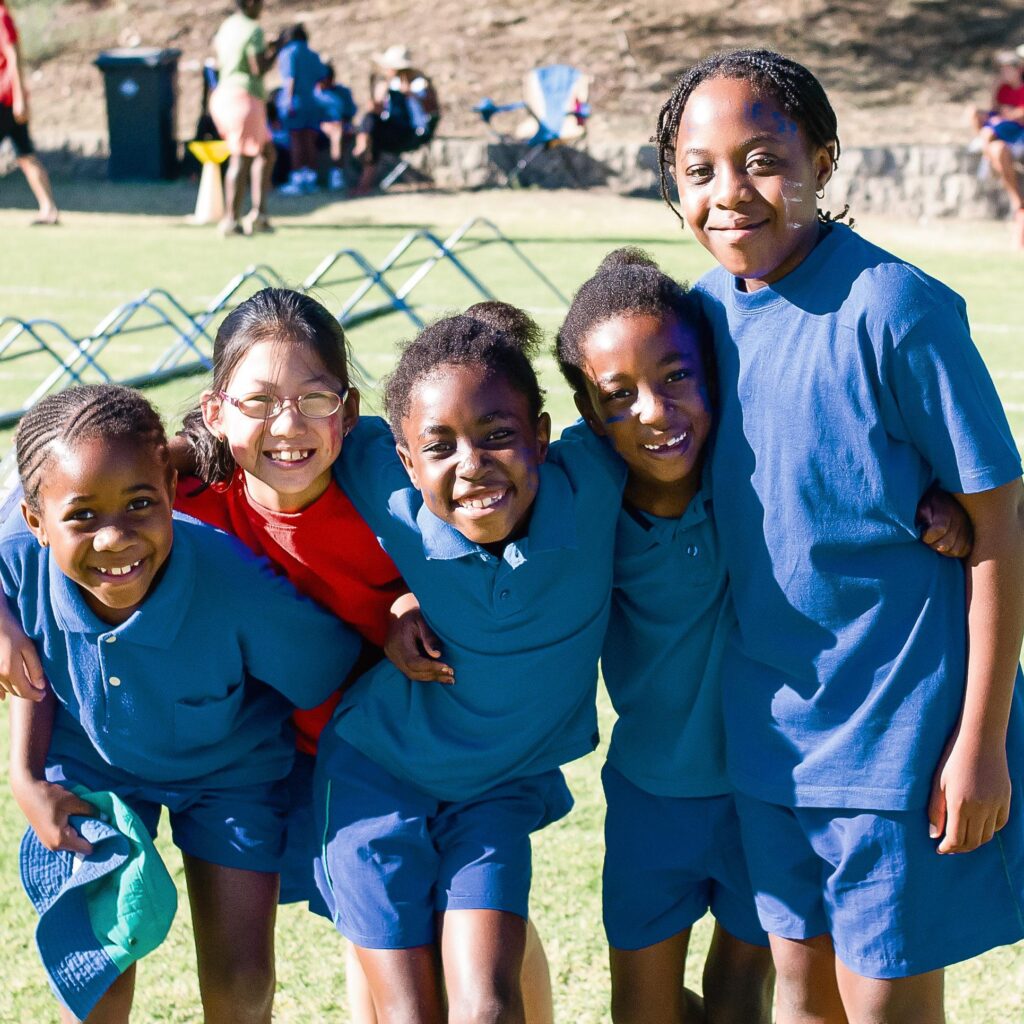A recent report on youth sports participation reveals a notable shift in gender dynamics: girls’ involvement in organized sports is on the rise, while boys’ participation is experiencing a decline. Experts attribute part of this trend to the increasing visibility and influence of standout athletes like Caitlin Clark, whose impact is inspiring more young girls to engage in competitive sports. As the landscape of youth athletics evolves, this development signals a significant cultural change with broad implications for the future of American sports.
Rising Female Engagement Signals Shift in Youth Sports Demographics
The landscape of youth sports is undergoing a notable transformation as girls are increasingly taking center stage. Recent data reveals a significant uptick in female participation across multiple sports disciplines, challenging the longstanding male dominance. This shift is more than just numbers; it signifies evolving cultural attitudes and the impact of role models like Caitlin Clark, whose success story fuels young girls’ aspirations nationwide. Sports organizations and communities are responding with tailored programs and enhanced support to nurture this growing enthusiasm, creating a more inclusive environment for all youth athletes.
Meanwhile, boys’ involvement is experiencing a subtle decline, attributed to factors such as changing interests and increased competition from digital entertainment. This recalibration in demographics is reshaping coaching strategies and resource allocation. The following table highlights participation trends in select popular youth sports between 2019 and 2023, underscoring the dynamic shifts:
| Sport | Girls’ Growth (%) | Boys’ Change (%) | Notable Driver |
|---|---|---|---|
| Basketball | +18 | -7 | Caitlin Clark Effect |
| Soccer | +12 | -3 | Community Programs |
| Volleyball | +20 | +2 | School Initiatives |
| Baseball / Softball | +10 | -5 | Co-ed Leagues |
- Inclusivity: Sporting bodies are investing in creating welcoming spaces for girls.
- Role Models: Female athletes’ visibility drives motivation and participation.
- Adapting Interests: Diversification of sports offerings attracts broader youth engagement.
Declining Boys Participation Raises Concerns Among Coaches and Organizers
Coaches and youth sports organizers nationwide are sounding the alarm as male participation rates continue to tumble across multiple disciplines. While girls are breaking attendance records-spurred in part by high-profile role models like Caitlin Clark-the decline among boys is prompting concern over shifting interests and the long-term vitality of boys’ programs. Experts suggest that changing cultural dynamics, increased screen time, and alternative recreational interests contribute heavily to the downward trend.
Key factors driving the decline include:
- Reduced enthusiasm for traditional team sports such as football and baseball
- Heightened academic and social pressures diverting time and focus
- Fewer grassroots initiatives tailored to boys’ engagement
- Growing competition from individual and e-sports alternatives
| Sport | Change in Boys Participation (2022-2024) | Change in Girls Participation (2022-2024) |
|---|---|---|
| Basketball | -12% | +18% |
| Soccer | -8% | +15% |
| Baseball/Softball | -20% | +10% |
| Football | -25% | +5% |
Analyzing Caitlin Clark’s Influence on Girls Basketball Enthusiasm and Visibility
Over the past year, Caitlin Clark’s meteoric rise in college basketball has sparked a tangible surge in girls’ interest and involvement in the sport nationwide. Her electrifying playstyle, combined with a charismatic media presence, has elevated the visibility of women’s basketball to unprecedented levels. State athletic associations report increased registrations for girls’ basketball programs, especially in regions where Clark’s televised games are frequently broadcast.
Key factors driving this enthusiasm include:
- Clark’s dominance in scoring and assists, inspiring young athletes with a high-impact, skillful brand of play
- Enhanced media coverage highlighting women’s basketball narratives previously overlooked
- Community initiatives capitalizing on Clark’s popularity to promote youth camps and local leagues
| Region | Girls Basketball Participation Increase | Clark Game Viewership |
|---|---|---|
| Midwest | +15% | High |
| Northeast | +12% | Medium |
| South | +10% | Medium |
| West | +8% | Low |
Strategies to Sustain Growth in Girls Sports and Revitalize Boys Participation
To build on the momentum of increased enthusiasm in girls’ sports, communities and organizations must prioritize accessible infrastructure and targeted outreach programs. Investing in safe, inclusive facilities and providing quality coaching tailored to female athletes are crucial steps. Schools and local leagues can also amplify this by introducing mentorship programs that connect young girls with female sports icons, fostering continued interest and long-term commitment. Additionally, celebrating achievements like Caitlin Clark’s has proven to be an effective catalyst, inspiring a new generation of athletes through visible role models.
Addressing the decline in boys’ participation requires a comprehensive reevaluation of engagement strategies. Creating diversified sports offerings that emphasize enjoyment and personal growth over competition can rekindle interest among boys who may feel marginalized or pressured. Community initiatives should focus on flexible scheduling and promoting co-ed events that encourage camaraderie without intensifying rivalries. The table below highlights key approaches and anticipated impacts for revitalizing boys’ sports participation:
| Strategy | Approach | Expected Outcome |
|---|---|---|
| Program Diversification | Introduce non-traditional sports and recreation activities | Broader appeal; reduced dropout rates |
| Flexible Scheduling | Weekend and after-school options to suit busy families | Increased participation; better retention |
| Community Engagement | Family sports days and inclusive tournaments | Stronger community ties; enhanced enjoyment |
In Summary
As the landscape of youth sports continues to evolve, the rise in girls’ participation marks a significant shift, underscored by the growing influence of role models like Caitlin Clark. Meanwhile, the decline in boys’ involvement calls for renewed attention to the factors driving this trend. Stakeholders across the sports community will need to adapt and respond to ensure opportunities remain accessible and engaging for all young athletes. The coming years will reveal how these dynamics shape the future of youth sports nationwide.





